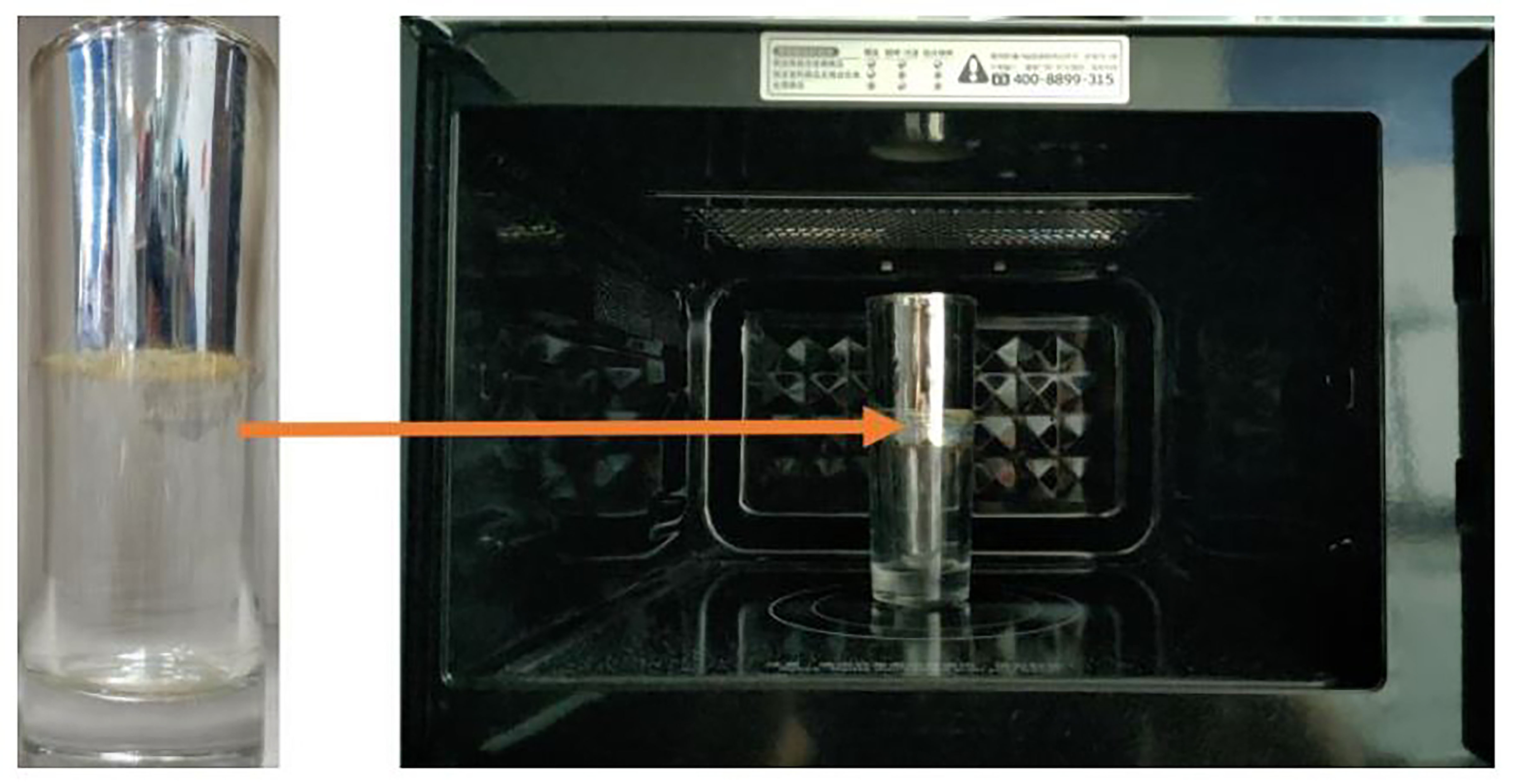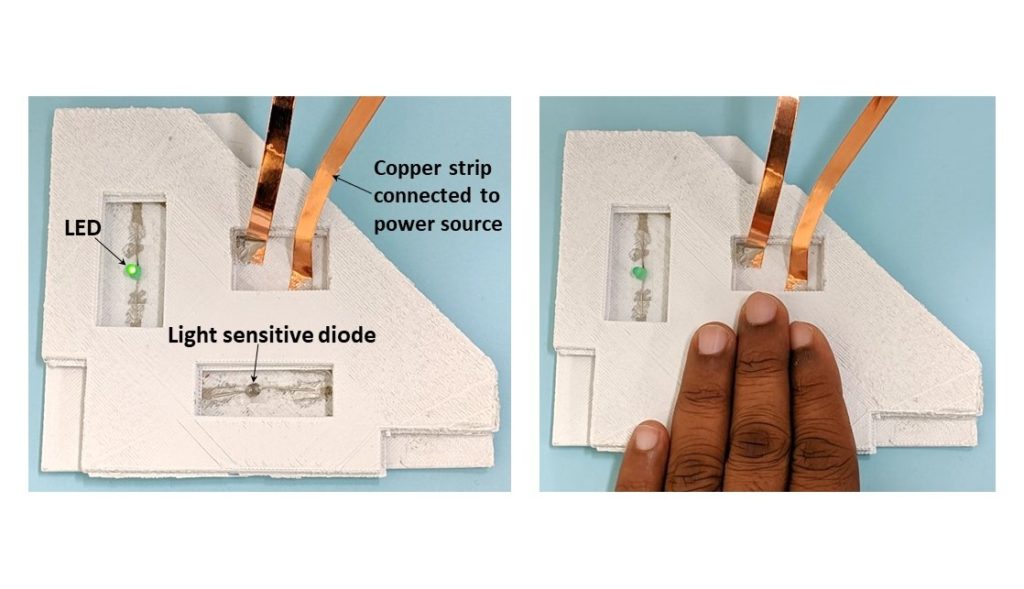Russian scientists have developed an anti-bacterial gel based on silver and sulfur-containing amino acids. It is a hundred times more effective than other silver-based counterparts that also fights bacteria causing nosocomial infections.
Tag: Silver
Print, Recycle, Repeat: Scientists Demonstrate a Biodegradable Printed Circuit
Scientists have developed a fully recyclable and biodegradable printed circuit. The advance could divert wearable devices and other flexible electronics from landfill, and mitigate the health and environmental hazards posed by heavy metal waste.
Silver Attacks Bacteria, Gets ‘Consumed’
As antibiotic-resistant bacteria become more prevalent, silver has seen steep growth in its use in things like antibacterial coatings. Still, a better understanding can provide clues on how to best apply it. In Chemical Physics Reviews, researchers monitored the interaction of silver nanoparticles with a nearby E. coli culture and found the silver undergoes several dramatic changes. Most notably, the E. coli cells caused substantial transformations in the size and shape of the silver particles.

The Problem with Microwaving Tea
Through convection, as the liquid toward the bottom of a container warms up, it becomes less dense and moves to the top, allowing a cooler section of the liquid to contact the heating source. This ultimately results in a uniform temperature throughout the container. Inside a microwave, however, the electric field acting as the heating source exists everywhere and the convection process does not occur. Researchers studied this nonuniform heating behavior and present a solution in AIP Advances.
Articles on Chronic Hexavalent Chromium Exposure, Titanium Dioxide Nanoparticles, and Bisphenol A Featured in December 2019 Toxicological Sciences
The December 2019 issue of Toxicological Sciences features research on the leading edge of toxicology, including in the areas of carcinogenesis, developmental and reproductive toxicology, and more.

3D-Printed Plastics With High Performance Electrical Circuits
Rutgers engineers have embedded high performance electrical circuits inside 3D-printed plastics, which could lead to smaller and versatile drones and better-performing small satellites, biomedical implants and smart structures. They used pulses of high-energy light to fuse tiny silver wires, resulting in circuits that conduct 10 times more electricity than the state of the art, according to a study in the journal Additive Manufacturing. By increasing conductivity 10-fold, the engineers can reduce energy use, extend the life of devices and increase their performance.